
Donate to make a difference
Your support is essential to help us look after nature, beauty and history. Make a donation today, and together we can protect precious places for everyone, forever.
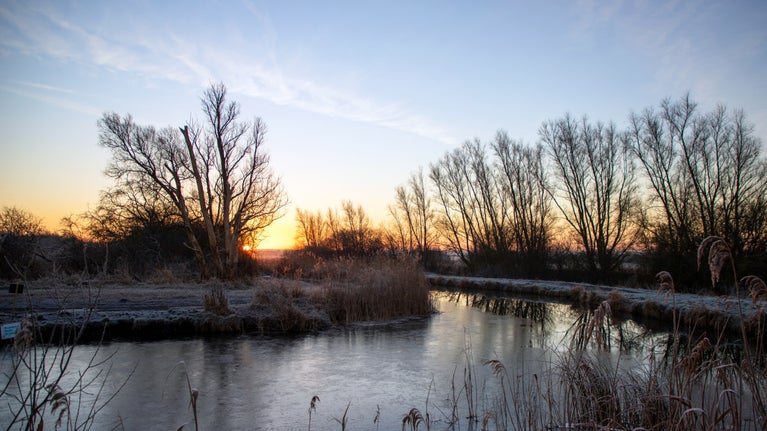
Climate change is the biggest threat to nature and the historic environment. Find out how we're helping wildlife to thrive and working towards sustainability in a changing climate
From ancient trees to bees and butterflies, our places are full of life. We're working hard to safeguard nature for years to come.
The small actions we take for nature can help make big changes and there are lots of ways to make a difference. Find out how you can play your part with ideas to help wildlife at home and in the community.

Find out how we're addressing unequal access to nature, beauty and history and supporting urban areas in managing their heritage and green spaces.
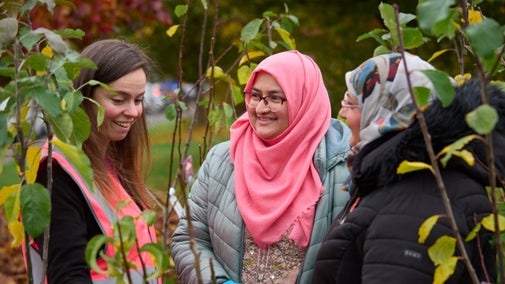
We've been searching for a tenant farmer to manage Llyndy Isaf, a 600-acre farm in Eryri (Snowdonia). Tune into Our Dream Farm with Matt Baker on Channel 4. The series features seven shortlisted applicants applying for a tenancy on the estate.
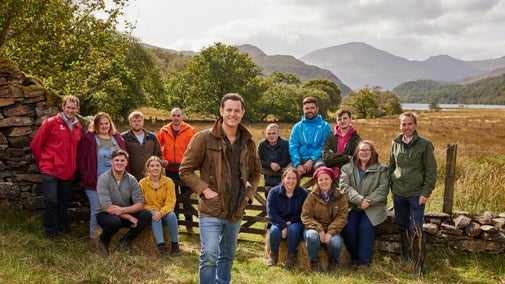
Everyone needs nature and the calm it brings. Be still in a fast-paced world when you connect with the places that will always be there to welcome you back.
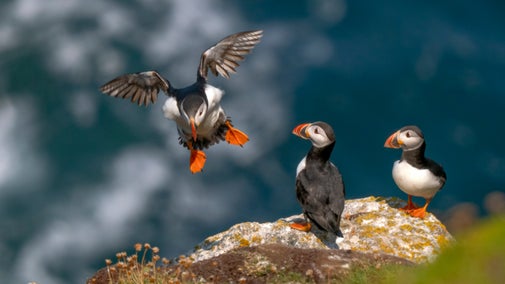
Community groups are being encouraged to apply for a grant to fund initiatives to improve freshwater habitats at five locations in England.

Sandscapes is a nature recovery project which aims to restore and reconnect areas of sandy habitats across the three counties of Shropshire, Staffordshire and Worcestershire.
Discover how we’re part of the global fight against climate change, the challenges we face with shifting weather patterns and what we’re doing to care for our historic houses and landscapes.
The climate crisis can be overwhelming, but small actions can help make big changes. Find out how you can play your part with ideas from planting trees to going peat-free.
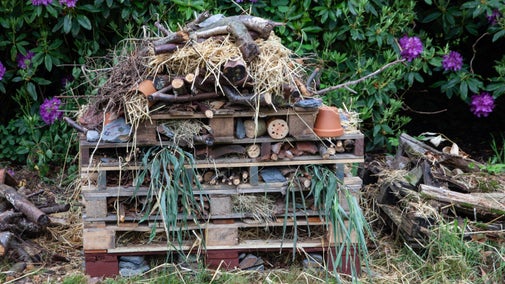
Find out how we're planting and establish 20 million trees that will absorb carbon and help tackle climate change.
Climate change is the single biggest threat to the places we care for. Take a look at our environmental pledges as we adapt, reduce carbon emissions and address the damage already done.

From tips on saving water to combatting plastic pollution, learn more about our work to protect precious coasts and rivers for wildlife and people, and what you can do to help.

Climate change is the biggest threat to the coastline, countryside and historic buildings we care for. Our new report reveals how we’re tackling its causes and effects and identifying future hazards.
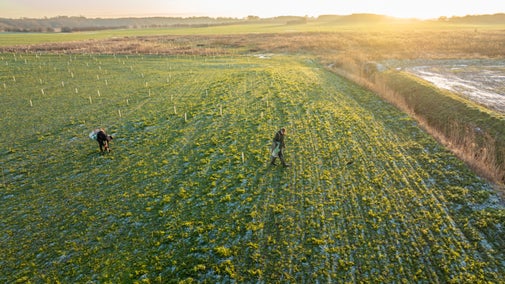

Your support is essential to help us look after nature, beauty and history. Make a donation today, and together we can protect precious places for everyone, forever.